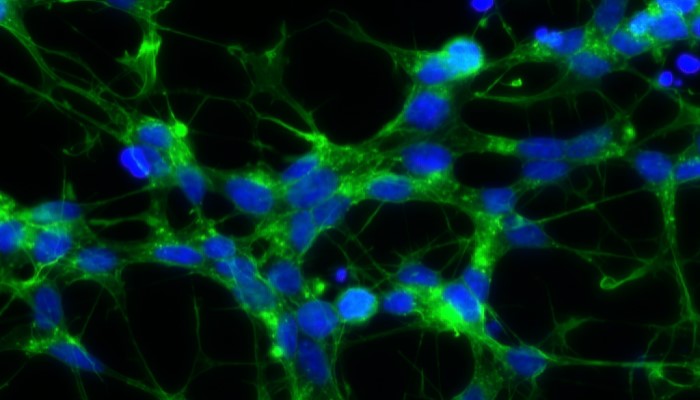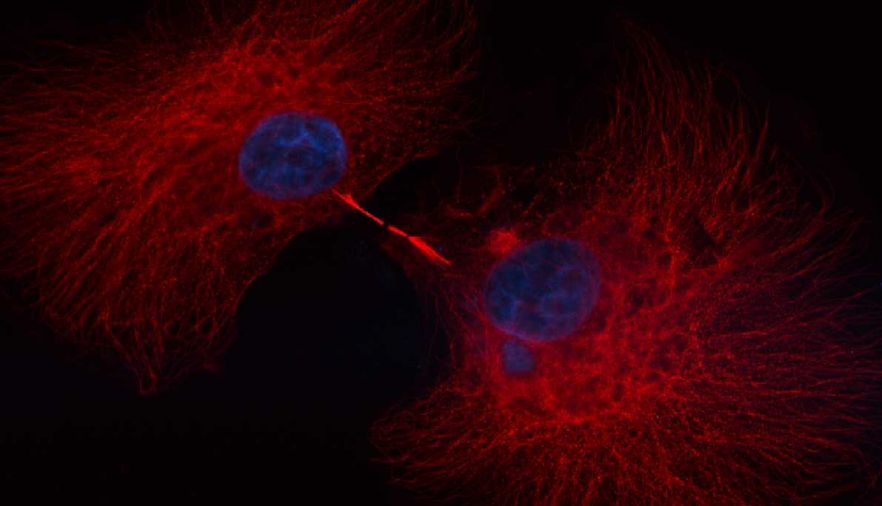Genomics of Disease and Ageing
Cells, tissues and organisms are phenomenally sophisticated information processors. Their processing capacity, sculpted over millions of years of evolution, is substantial and accompanied with intricate mechanisms for reacting and adapting to internal and external cues such as nutrients, oxygen, hormones, drugs and stresses and towards modulating growth and metabolism and maintaining homeostasis and health. We investigate genetic and epigenetic mechanisms that sustain physiological and healthy conditions and try to illuminate the molecular players that under-lye the genesis and progression of pathologies. We are interested in monogenic and complex traits and conditions as well as interplays between genes, environment and drugs.
We utilise diverse experimental systems from yeast and human cells to organisms such as worms, bees, Drosophila, and zebrafish as well as datasets from human cohorts. Beyond basic molecular biology, genetics, and histology techniques we employ genome-wide screens, cutting-edge microscopy, pharmacogenetics, multi-omics and single-cell approaches coupled with AI, systems and network biology
Research topics include investigation on genetic and genomic variants that relate to addiction and neurodevelopmental disorders, understanding nutrient-responsive pathways and relationships with mechanisms of ageing, cellular quiescence and senescence. We study the contribution of natural selection on the maintenance of disease-associated genetic variants in human populations, population history and genetic divergence, phenomics and phenotypic prediction as well as epidemiology of viruses. We develop new statistical approaches and analysis pipelines for high-throughput data and employ AI/machine learning algorithms for genetic, genomic as well as microscopy datasets.
The Theme has close connections and interactions with Cell Biology and Structural Biology: we have multiple overlaps on aspects such as developmental mechanisms, cell-cycle regulation, chromosome segregation and genome integrity maintenance.

Neurons: Human dopaminergic neurons stained with DAPI (DNA) and for actin (green)
Image courtesy of Dr Kumar and Legon, Rallis Lab)

Fibroblasts: ageing human HT1080 fibroblasts stained with DAPI (DNA) and for tubulin (red)
Image courtesy of Dr Kumar, Rallis Lab).

